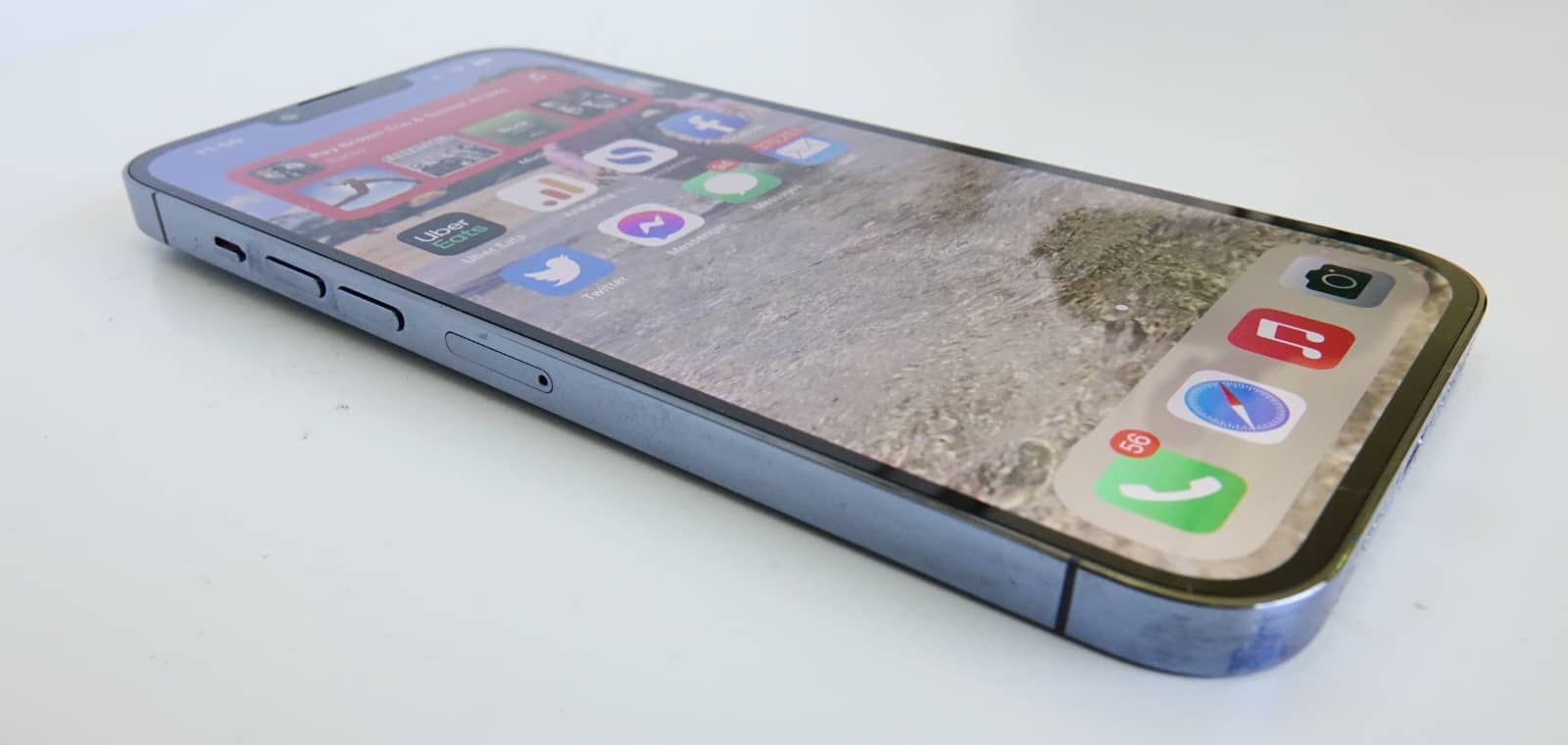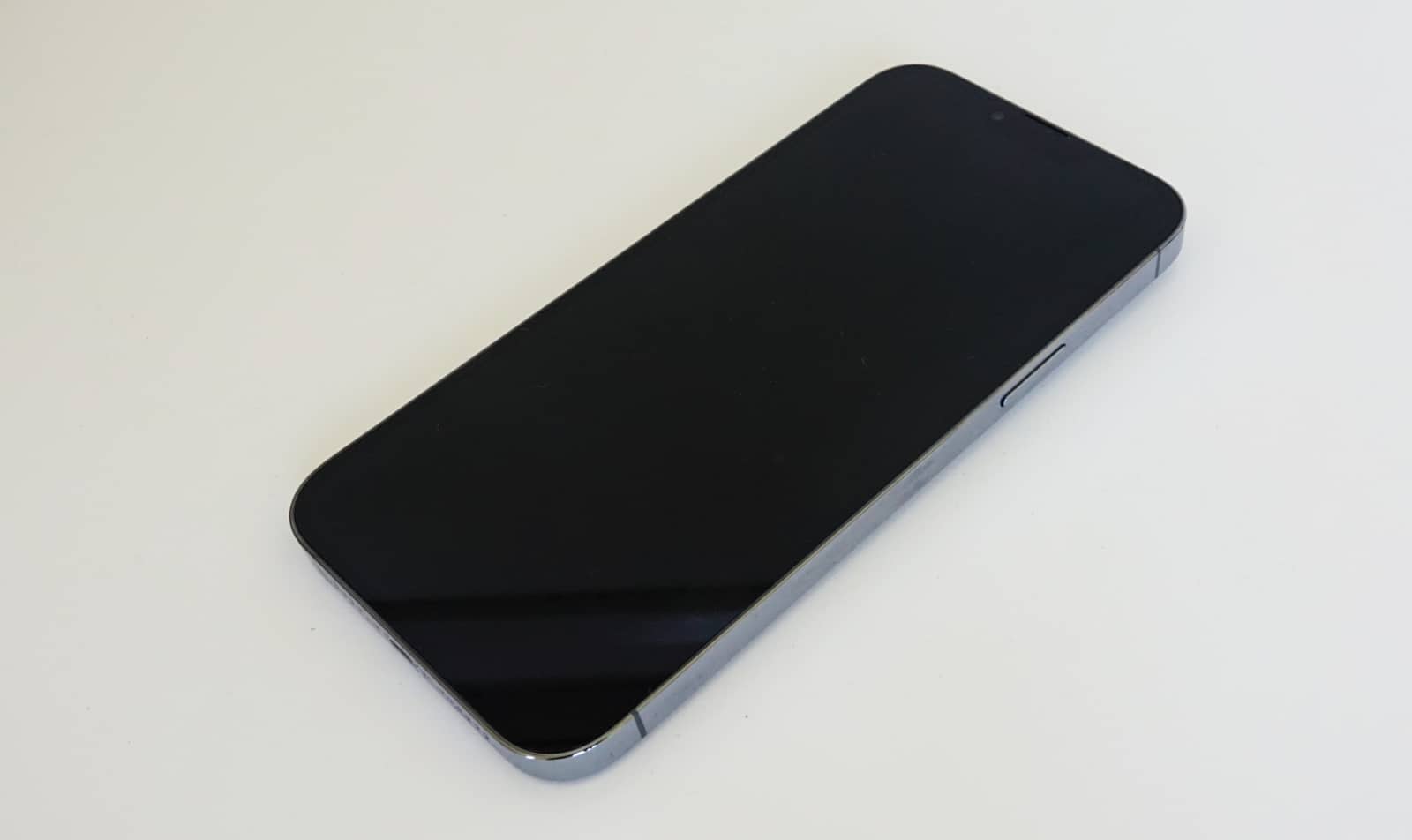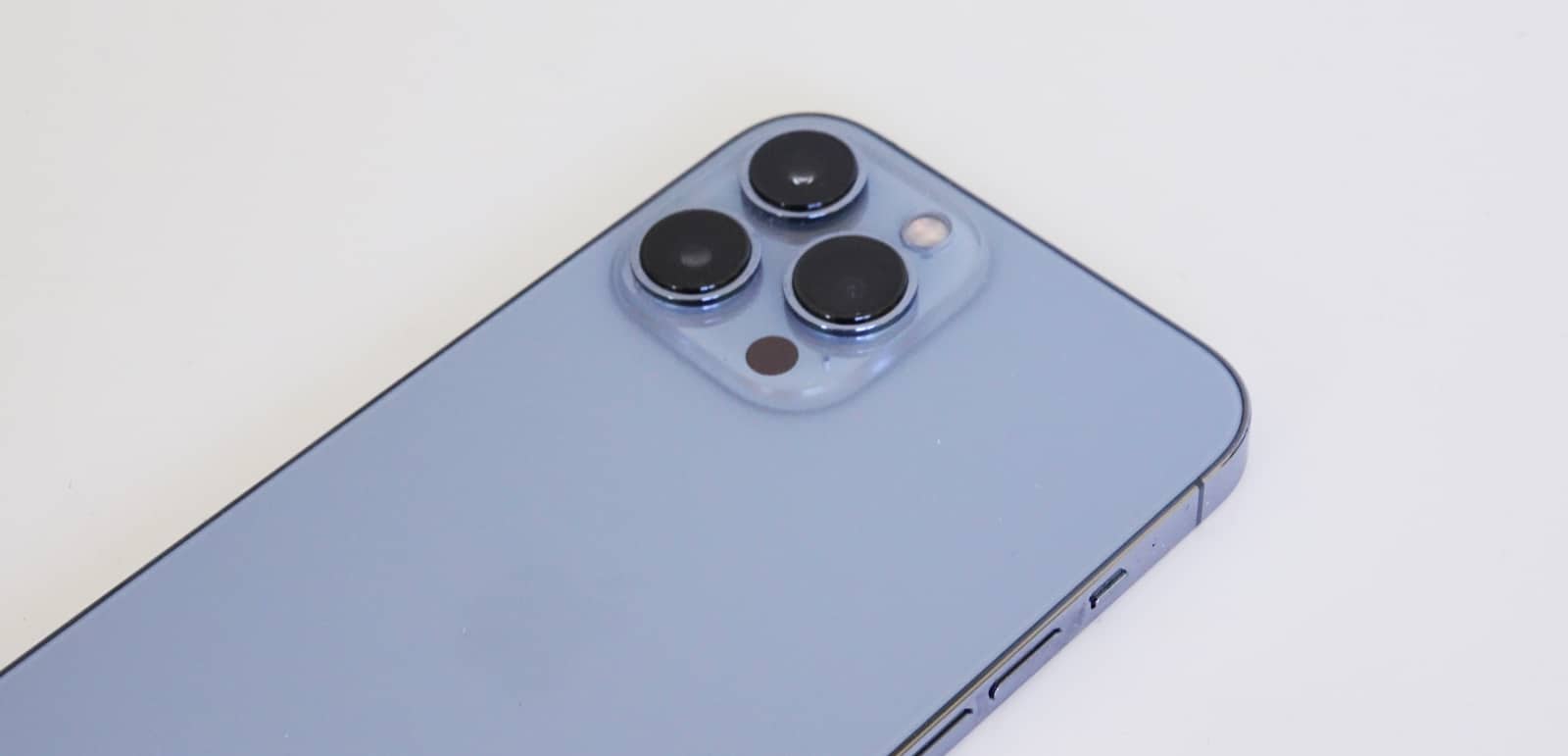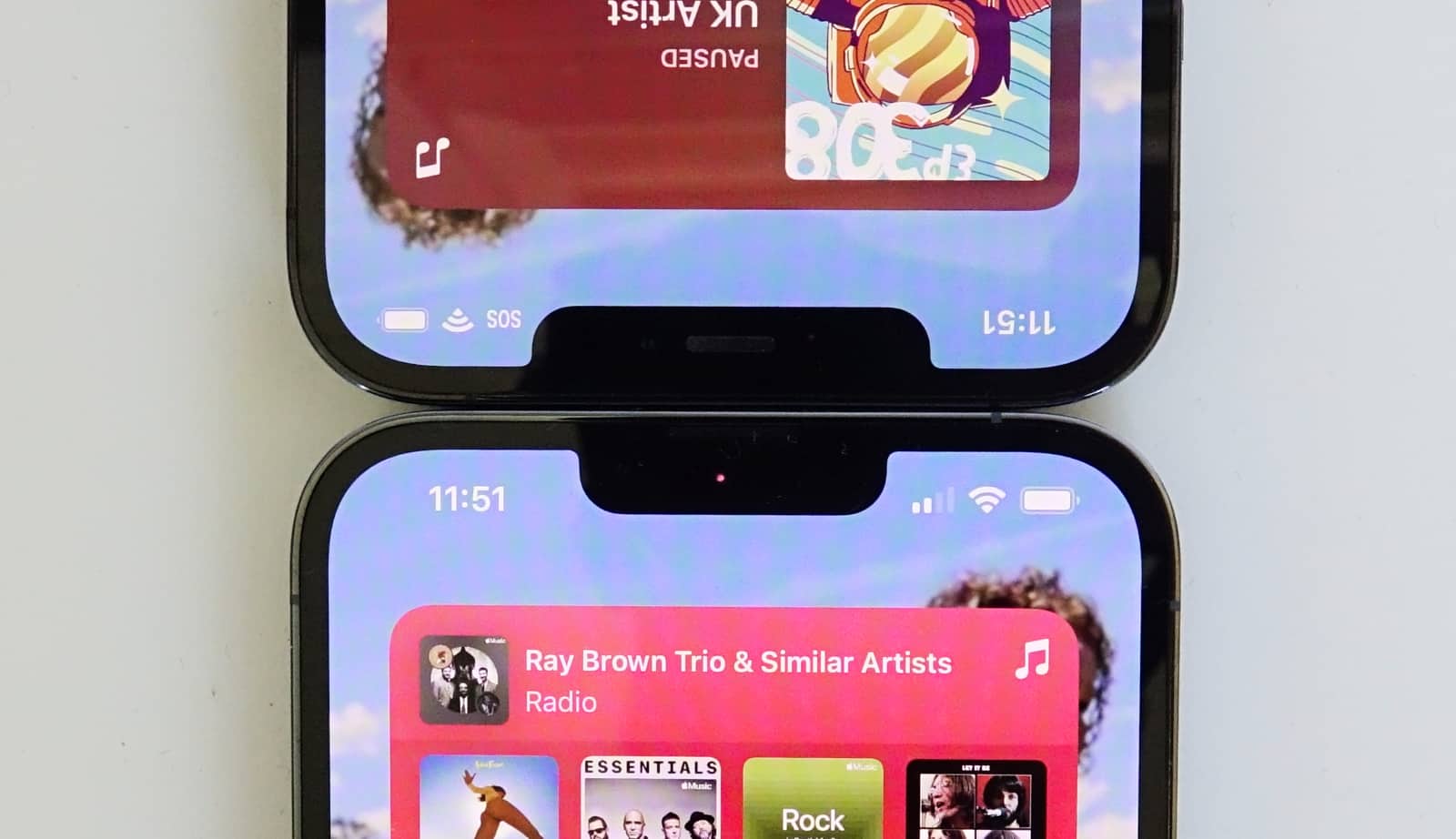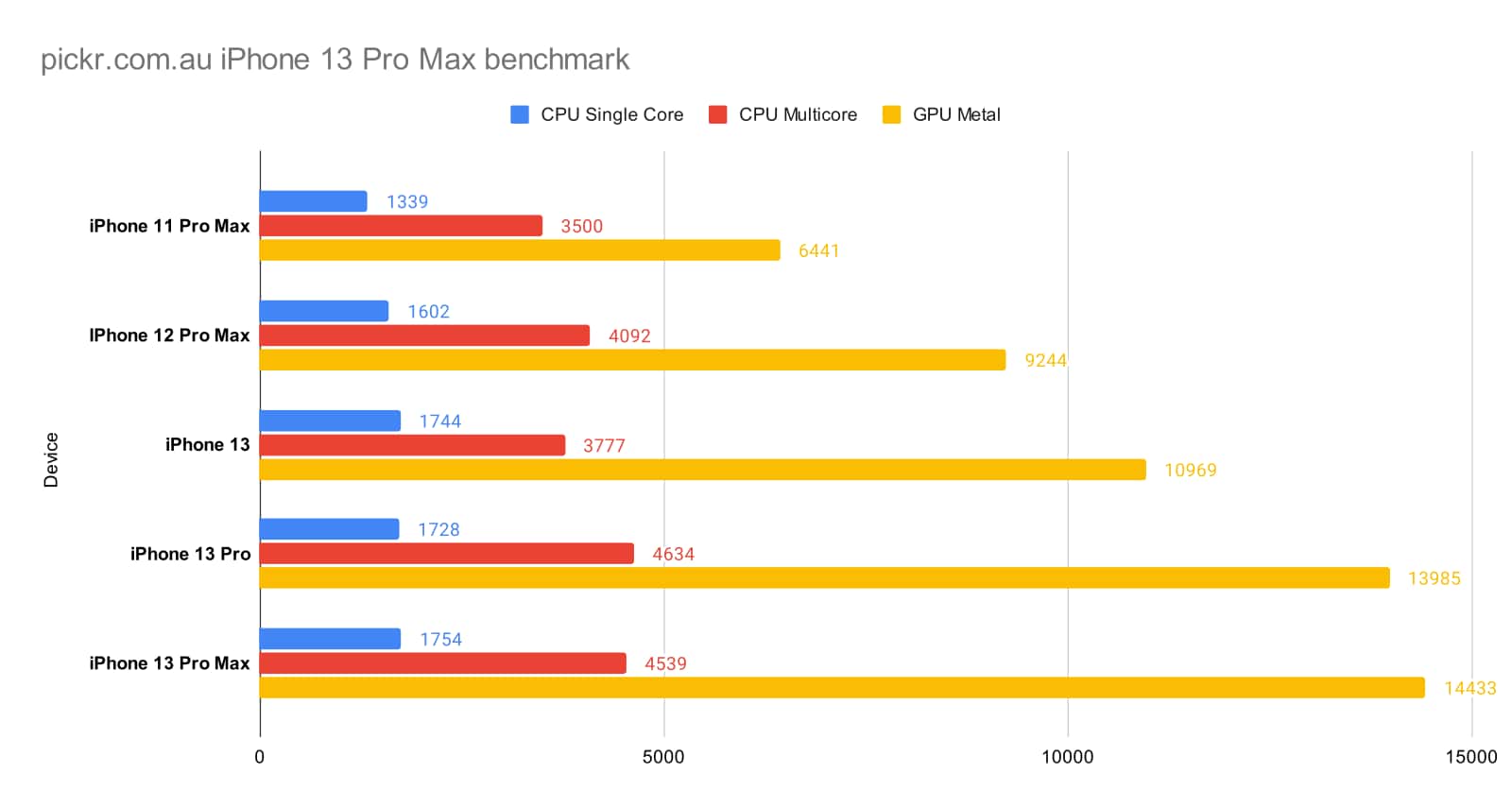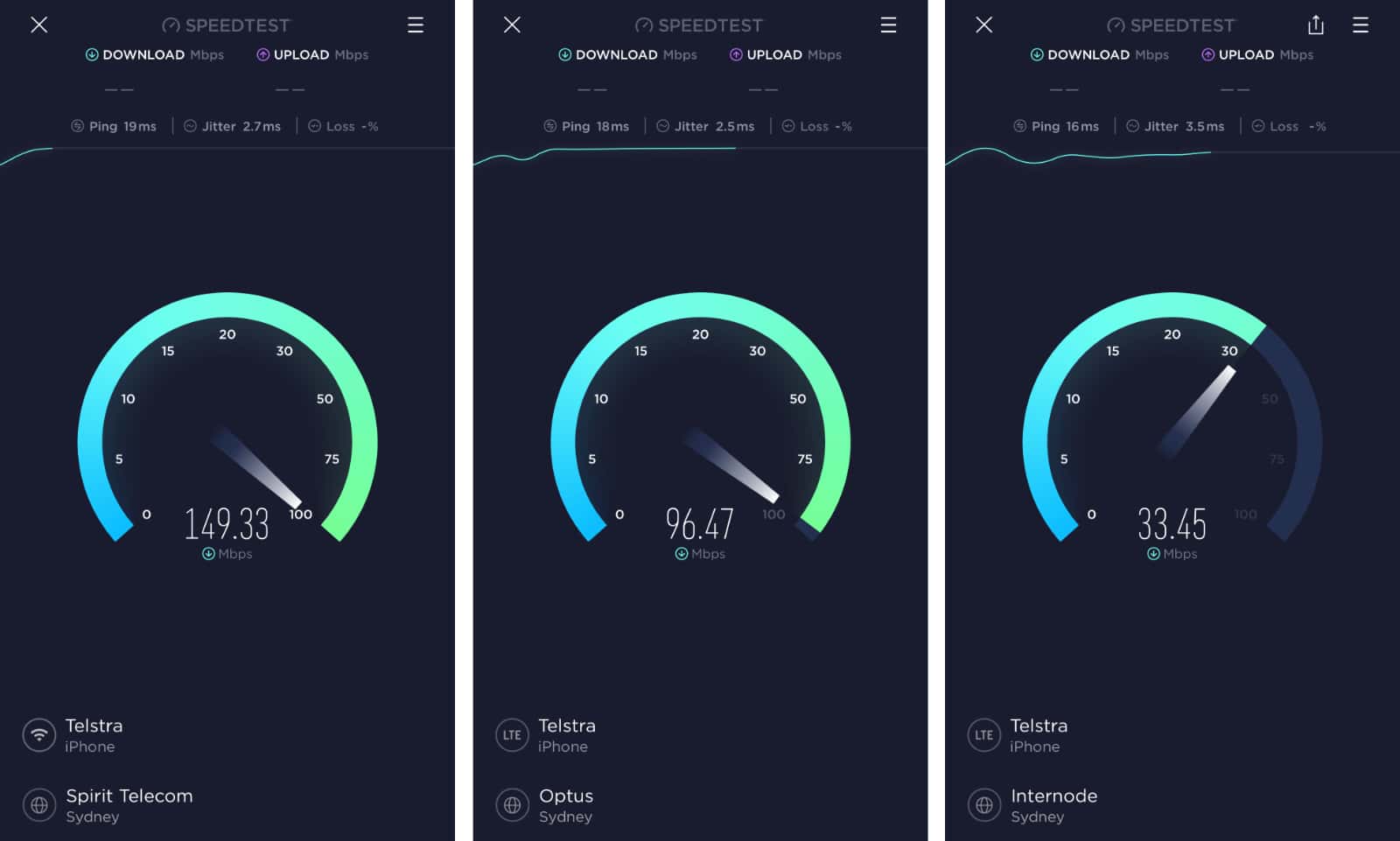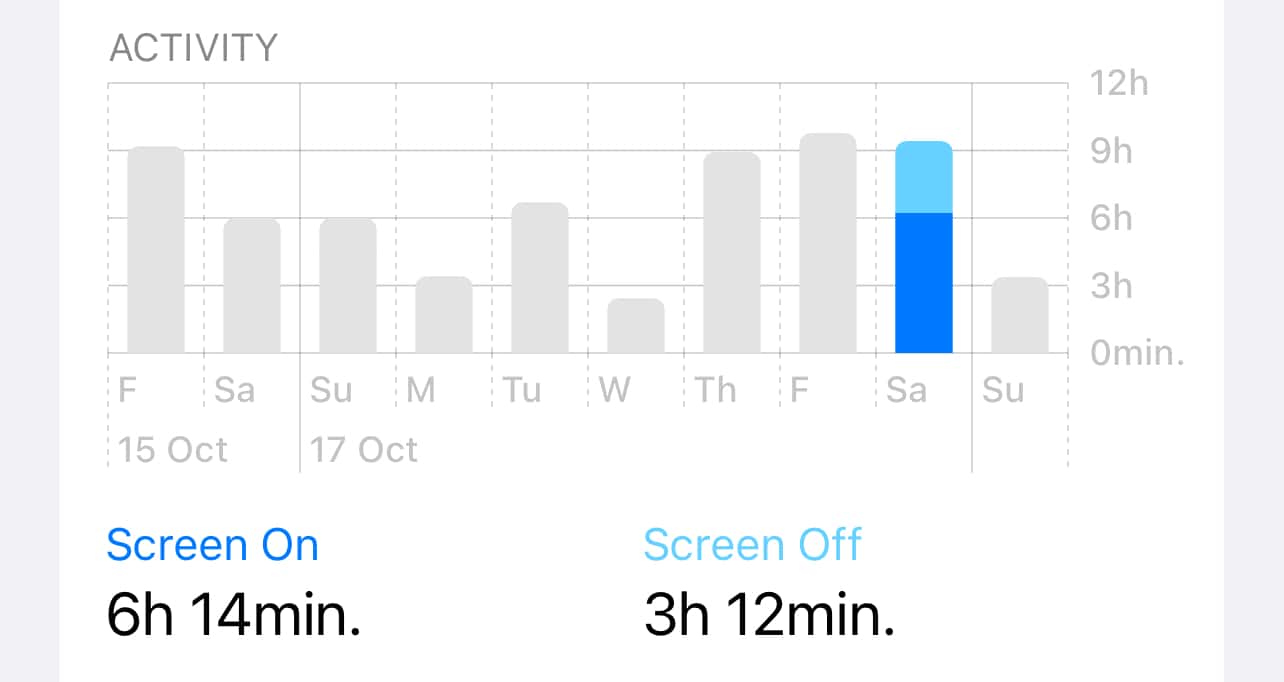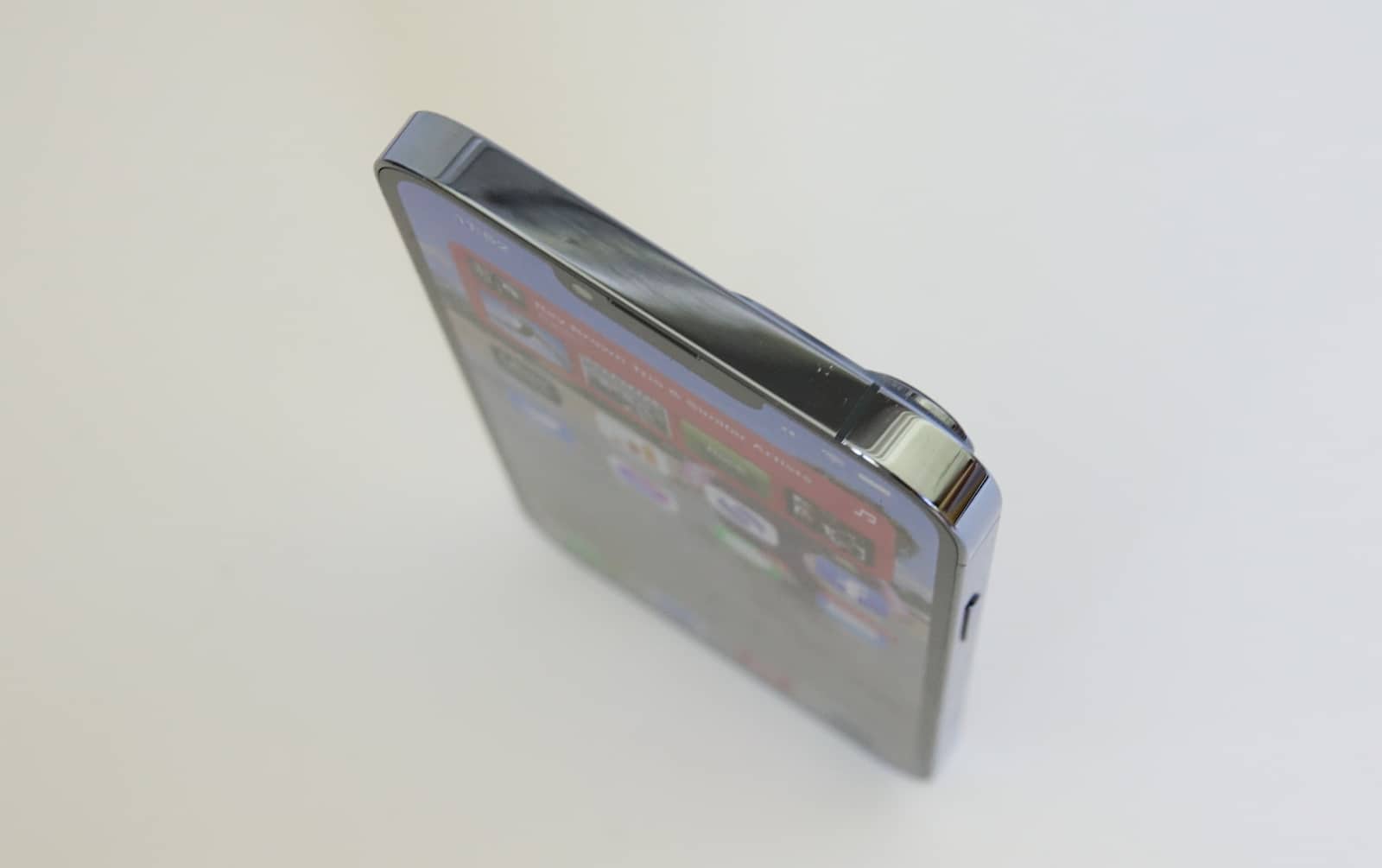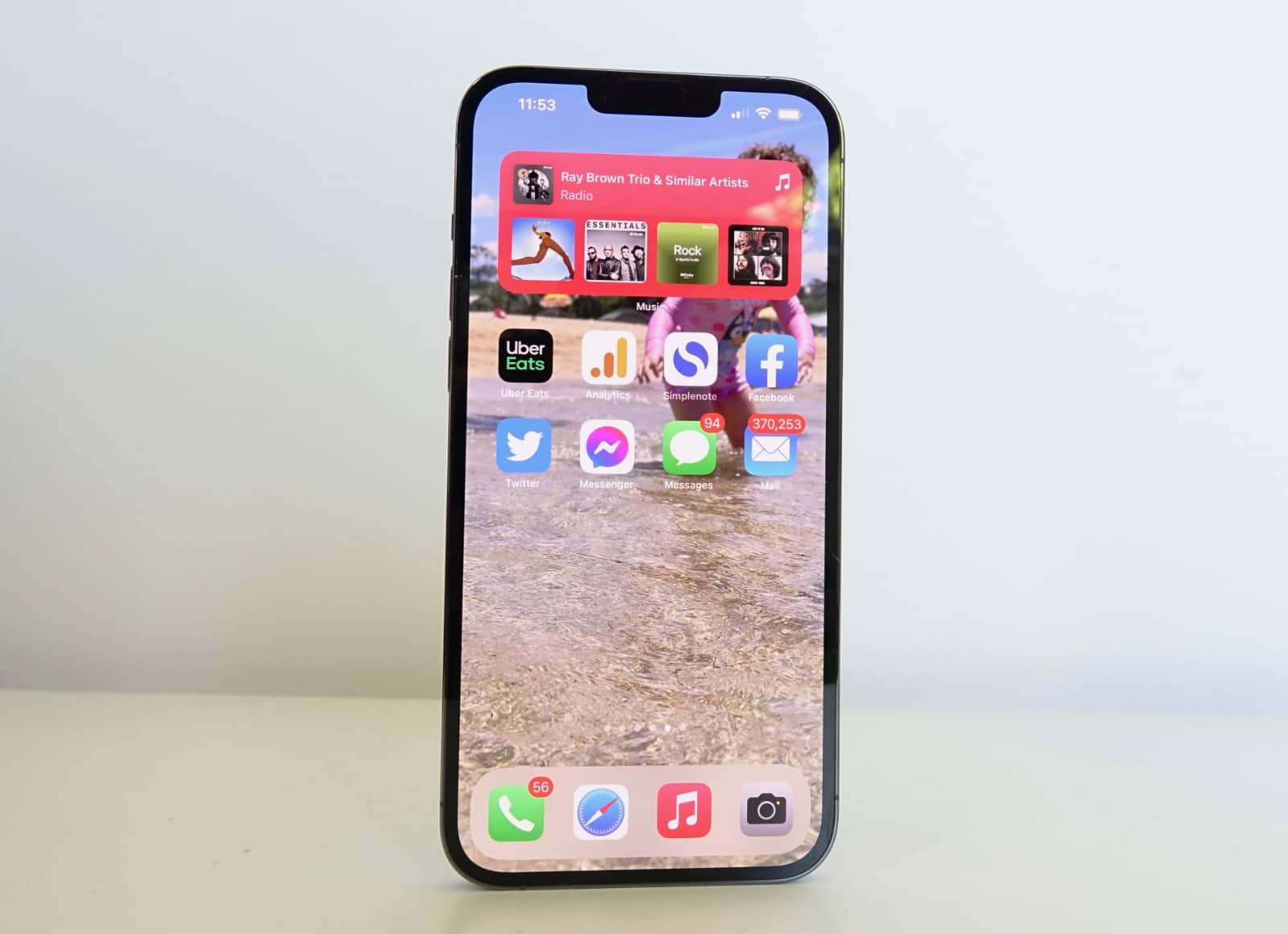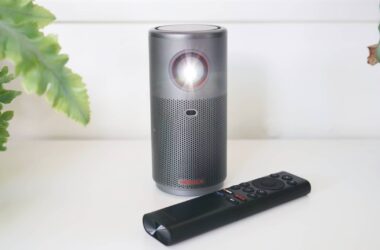Quick review
The good
The not-so-good
We’ve saved the biggest iPhone for last, as we do a deep dive into the iPhone 13 Pro Max. Is this seriously big iPhone the significant player to beat?
With four iPhones found in 2021, deciding if one is right for you isn’t necessarily easy. There’s the baby phone and the least expensive in the iPhone 13 Mini, the standard option and the model for everyone in the iPhone 13, a model that sports the same size but ups the technology in the iPhone 13 Pro, and then a model that supersizes the screen and battery life in the 13 Pro and takes it somewhere else.
The big one is that one: the iPhone 13 Pro Max.
It’s there in the name, because this is the maximum size an iPhone can reach in 2021. Sitting at 6.7 inches and coming with a near identical feature set to the iPhone 13 Pro, it’s basically the big kahuna in the iPhone range, giving you more of two of the biggest features: screen and battery life.
Is it enough to make it the best iPhone around, or is it just a bigger version of what we’ve already seen?
Design
The biggest iPhone for 2021, you probably won’t be surprised to learn the iPhone 13 Pro Max is basically a larger version of the iPhone 13 Pro, complete with the stainless steel frame and band, the glass front and back, the former of which has Apple’s toughened “Ceramic Shield” technology in place while the latter does not.
It is a big iPhone, and one that can stand up on its edges, thanks to the flat-edged look Apple brought over last year and has kept on with this year.
Features
With a similar design to the 13 Pro, you can largely expect a similar feature set, because the Pro Max is basically a big Pro, if that makes sense to you.
And that means the feature set is almost identical, save for the screen size and battery size.
Beyond those two features, you’ll find the 2021 Apple chip, the A15 Bionic, which is a six-core CPU armed with five graphical cores and a 16 core Neural Engine for the machine learning tasks, as well.
The typical assortment of Bluetooth 5, 802.11a/b/g/ac/ax WiFi 6, GPS, and Ultra Wideband for Apple Tag have come along for the ride, as is NFC in the form of Apple Pay.
And yes, 5G continues in this phone, fresh from it first arriving in the iPhone 12 range, though Australians will be getting the Sub-6 form of 5G only, unlike the mmWave-compatible version found in the US. That’s a minor issue, since mmWave 5G has yet to properly launch this year, and probably won’t until 2022, with 5G supported across the more common Sub-6 and supported using that.
Three 12 megapixel cameras are also found here, supporting ultra-wide, standard wide, and 3x telephoto angles, an increase on the latter, which appeared as a 2.5x in last year’s 12 Pro Max, one of last year’s best phone cameras hands down.
Support for up-close macro shots has been thrown in here, thanks in part to the ultra-wide camera supporting autofocus and a short focal distance on the 13 Pro Max, and across all three, you’ll find a stills portrait mode alongside a 4K video capture with both Dolby Vision and ProRes video, the latter of which is new.
Apple’s Cinematic Video mode is also along for the ride, as it is with the entire iPhone 13 range, allowing you to capture portrait style video of people and edit the focal point after you’ve captured it.
On the front, there’s a 12 megapixel camera with portrait mode as well as both the cinematic mode and ProRes video recording, and it sits alongside a Face ID sensor for snapping your visage to act as the bio-security on the phone to let you open it and pay for things on Apple Pay.
All of this sits in a phone sporting IP68 water resistance and wireless charging phone (though not at the same time), with a LiDAR Scanner featured in the back and support for two SIMs inside, handling a physical nanoSIM and digital eSIM.
And it sits under Apple’s biggest phone screen, a 6.7 inch OLED display running the resolution of 2778×1284, with 458 pixels per inch (458ppi), supporting both True Tone for room-based white balancing and ProMotion for refresh rate handling of up to 120Hz, arriving in sizes of either 128GB, 256GB, 512GB, and 1TB.
In-use
A big iPhone comes with a big feature set, but it’s also something that may take some hands a bit of trial and error to comfortably use.
Several generations of big iPhones in, we’re fine, and you might be, too, but this new model weighs a little more and is a little thicker, meaning it won’t fit an old iPhone 12 Pro Max case. You’ll need to buy something new.
That slight size difference doesn’t come with too much a cost for usability, though the phone is noticeably hefty, and may make an imprint on your pants pocket. It fell out of our shorts on more than one occasion, so just be aware as you use it.
Screen
One of the obvious changes going from the iPhone 12 Pro Max to the iPhone 13 Pro Max comes from the display, because while the OLED screen gets in the same 6.7 inch size and 2778×1284 resolution, there are a couple of notable changes.
The first one isn’t as easy to see, but if you compare the models head on, it becomes more apparent: the notch is smaller.
Thanks to improvements in display and sensor positioning, Apple has managed to decrease the size of the shelf eating into the screen size, evident in the smallest model, the iPhone 13 Mini, and across the entire iPhone 13 range.
The more important change is specific to Apple’s “Pro” model iPhone 13s, however, because there’s the “ProMotion” technology, which adapts the refresh rate from 10 to 120Hz, smoothing out on-screen animations when it runs at the fastest refresh rate (120Hz), but cutting it back when the screen isn’t doing much, helping it to improve battery life accordingly.
Fast screen refresh rates look smoother but are also known to affect the battery life, with 90Hz and 120Hz screens refreshing the display 90 and 120 times per second respectively. While this approach looks good, it can drain the battery, and so Apple’s ProMotion technology works to decide when the best time to run the fast technology is and when to cut the speed right down.
What you end up seeing on the iPhone 13 Pro Max display is a super slick animation of the phone coming out of standby and indeed scrolling across apps and menus, with those fast refresh rates kicking in. Interestingly, while we could notice when the Pro Max display was fast, we never noticed when it was slow, suggesting ProMotion was doing a good job and choosing its times very, very well.
Performance
That’s possibly partly because of the performance of the phone, which handles itself very, very well, as well.
You can probably sense a theme in Apple’s best-in-class iPhone 13, and given the status of it, you shouldn’t be surprised.
The phone does feature the same high-end chip used in the iPhone 13 Pro, and that means you get the same top-end performance in this model, as well.
Apps run without any real problems, there’s barely a hint of lag, and while iOS 15 isn’t without its bugs, the experience using the iPhone 13 Pro Max is more or less effortless.
Benchmarks show the 13 Pro Max hits much the same targets as the 13 Pro, hardly a surprise given it’s using identical hardware with a larger screen in a larger body, but it’s good news if you want the best in class performance in a mobile.
It’s a similar story for 5G, and while the Telstra 5G network didn’t always cooperate with our tests, the speeds, it means high speeds are on offer when a 5G network decides to play nice. We managed around 180Mbps
Camera
Also strong is the camera, a dance we feel we’ve done before thanks in part to the iPhone 13 Pro we reviewed earlier, which is more or less the same.
While the 12 Pro and 12 Pro Max differed last year, in the 13 Pro Max, you’re getting an identical camera feature set to what’s in the 13 Pro, and that means three cameras ranging across ultra-wide, standard-wide, and a 3X telephoto that gets you a little bit closer.
It also means pretty solid photos in daylight and night-time alike, with great clarity and excellent colours when the lights are on, plus some rather nice low-light imagery that works by stacking several shots together, sometimes by moving the sensor slightly to capture more light.
You can also thank some of the aperture changes for these camera improvements, because while the telephoto loses some light, the other cameras gain it.
While the 2.5X telephoto in the 12 Pro Max was at F2.2, this year the 3X telephoto climbs to a slightly less light-friendly F2.8. However, the standard wide and ultra-wide are both clearly improved, with the standard wide at F1.5 up from F1.6 in the 12 Pro Max, and the ultra-wide at F1.8 up from F2.4 in the same respective phone.
All of this means more light can come in at the wider angles, which means night shots look clearer and backgrounds can get a little creamier with natural bokeh, as well, even if you’re supported by Apple’s excellent portrait mode.
It’s the same with the macro mode, which lets you get up, close, and personal with life, snapping so much at close distance that you’ll wonder why Apple didn’t look into this sooner.
Macro mode on the iPhone 13 Pro Max isn’t perfect, and the camera software really needs a dedicated macro mode to stop the default camera setting from jumping in and out of macro like it’s a new pair of underwear, but when you’re in it, the shots you can get are solidly impressive, and make the 13 Pro Max camera just that much more versatile than it was before.
That’s a little different to the telephoto lens, which is handy for letting you get closer to birds, but may in fact be too close for portraits depending on how physically close you are to the subject. We’re not sure the jump from 2.5X to 3X has helped the portrait mode seriously, but it does mean you may get a tighter crop on a portrait shot, making you more of a mobile fashion photographer than before.
There’s also the cinematic video mode, which is a neat inclusion, taking the face lock of the portrait stills mode and applying it to video. It’s a great idea, almost giving you a digital AI-assisted videographer in your pocket, and one that can help net some lovelier videos than your typical wide-angle camera would handle.
All of this helps to make the camera stand out just that much more, and in a way that is quite impressive. The 12 Pro Max already had a camera that was hard to beat, and yet Apple has made the 13 Pro Max camera even better, and easily a contender for best of the year.

Battery
Also a strong contender for best of the year is the battery life, which sees this 6.7 inch phone hit more battery life, to the tune of up to eight hours more than what we saw last year.
In our tests, we found the iPhone 13 Pro Max would max out (excuse the pun) around a day and a half of battery life, though heavy users will still want to charge the phone nightly.
That’s par for the course for pretty much every large phone these days, but it’s a strong result all the same.
The battery life department is where so many phones have faltered this year, and with more of us working from home, you’d be excused for thinking companies just didn’t think we’d be out and about again, especially so many have failed to evolve past the nightly charge mentality.
Yet here in the iPhone, you can get by without charging nightly, provided you don’t lean too much on the screen during the course. If you do, you’ll find over six hours of on-screen usage leading you to needing a charge each night, which is a strong result given most phones are topping out at fix this year.
Value
The catch in the iPhone 13 Pro Max may well be the price, which in Australia starts at $1849 for a 128GB model, with 256GB costing $2019, 512GB hitting $2369, and a sizeable 1TB of storage managing to fetch $2719.
Yes, you can spend neatly $3K on an iPhone, which is no doubt a serious chunk of change. And yet while the price is high, we’re not sure the value is necessarily out of kilter.
It’s difficult to grade value on phones this year, especially as the mid-range now ranges between $400 and $1000. This shifting of the goal posts has made the high-end seem even more awkward in pricing for phones in general, and helps validate this extreme pricing, which isn’t low at all.
Yet throughout this, the iPhone 13 Pro Max doesn’t seem off.
That might come down to the feature set, because while it’s hard to see the iPhone 13 Pro Max as being full-value as an expensive feature-laden laptop, Apple has delivered quite a bit here.
The performance is great. The screen is excellent. The camera is solid, and the design gets that word applied, as well. The iPhone 13 Pro Max is easily one of the best phones this year, and that may well mean the value is delivered, as well.
What needs work?
Packing in the best of the best for 2021, it may not be easy to find what’s wrong with the biggest iPhone for 2021, the 13 Pro Max.
That is until you feel it.
Weighing a good 35 grams more than its 203 gram iPhone 13 Pro sibling, the 238g 6.7 inch iPhone 13 Pro Max is not a small phone by any stretch of the imagination.
Easily one of the biggest phones around, this iPhone is hefty and may weigh down pants pockets without trying. It even manages to get in more weight and thickness than its 12 Pro Max sibling from last year, adding 12 grams on the 226g 12 Pro Max and an extra 0.25mm in thickness.
When all is said and done, that increase isn’t a staggering amount, but it’s enough to tell you the iPhone 13 Pro Max isn’t small, so just know that going in. It is built very well, and makes you feel like you’re holding a beautifully designed product, but the size and weight are noticeable.
As is the price, which hasn’t changed dramatically from last year, but is still similarly eye-watering.
Should I upgrade to the iPhone 13 Pro Max?
With little to really complain about on the iPhone 13 Pro Max beyond the size and price, the real question may come down for some whether it’s worth an upgrade, and that’s a loaded question.
If you have its predecessor, the iPhone 12 Pro Max, we’d say probably not. While the camera and screen are better, the improvement isn’t markedly better. There’s not a great reason to make the jump here, as that phone is still quite solid.
But the improvements are noticeable on just about any other model, and whether you have an older iPhone — say the iPhone 11 Pro Max or something even older, such as the iPhone XR or iPhone XS Max, or even a much older iPhone 8 Plus, you’ll definitely see the upgrades easily.
Final thoughts (TLDR)
In a year when flagship phones have been a little ho-hum and few and far between, the iPhone 13 Pro Max stands out in a big way. Quite literally a big way.
This year might have felt like a rerun of 2020 in terms of public health and the ability to go anywhere — thanks, coronavirus — but it felt like there were more phones last year than this year, and that has come to the detriment of the high-end mobile world. Samsung, Oppo, Apple and Google are all that has been in those categories, and while they all have good models, we think Apple’s might be above and beyond the rest.
The iPhone 13 Pro Max is easily one of the best phones this year, even with its high cost. There’s just so much going in this mobile, and it takes everything that was excellent about the iPhone 13 Pro and sticks it with a bigger and more capable battery. It’s big but brilliant.
The iPhone 13 Pro Max hits as close to five stars as it gets. It’s an expensive phone, but it’s also worth it. Highly recommended.



